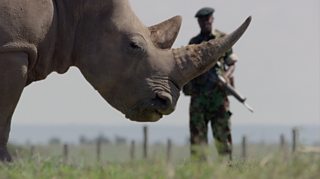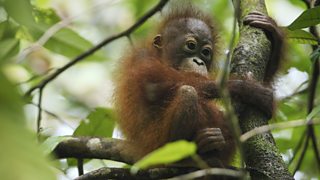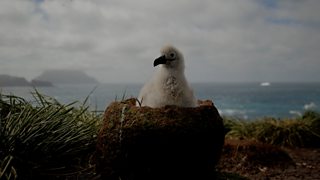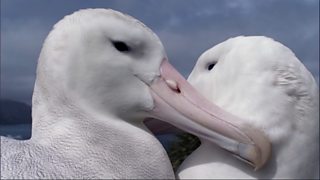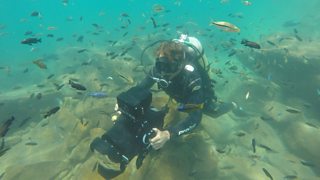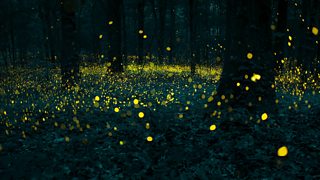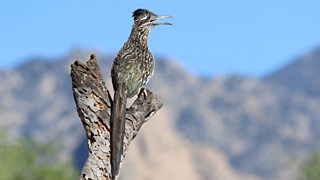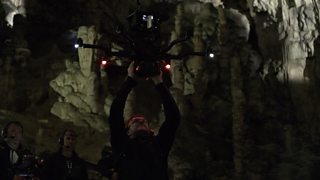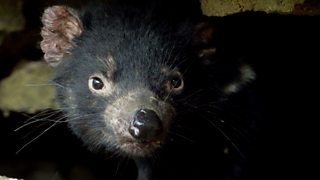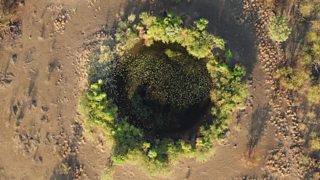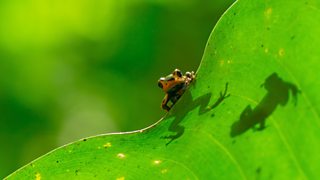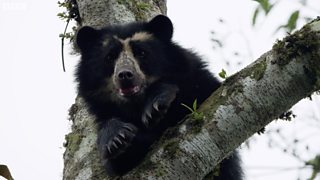Protecting a South American wonder of the world: IguazĂș Falls
By Jess Webster, Junior Researcher on Seven Worlds, One Planet
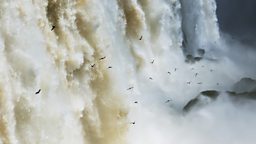
Nestled in the Misiones Province of Argentina and bordering the Brazilian state of Paraná to the north, Iguazú falls is the largest waterfall system in the world and one of South America’s most famous tourist attractions. Deriving its name from the indigenous term for ‘great water,’ the Iguazú River forms a large horseshoe shaped bend at the heart of the falls, which measures in at an impressive 80 meters high and almost 3 km wide.
Each year the great dusky swift builds its nests on the rocky outcrops lining the falls.
Surrounding these dramatic drops are swathes of tropical forest that support an abundance of life including 2,000 species of plant, 400 species of bird and up to 80 species of mammal.
But for one resident here, home is not where you might expect.
Each year the great dusky swift builds its nests on the rocky outcrops lining the falls. After being cared for by their parents for six weeks, chicks must make the perilous journey through the falls’ unrelenting torrents, flying their way to independence and at the same time, gaining their very first glimpse of the outside world.
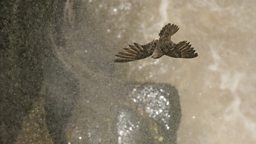
But Iguazú falls is not just a tale of stunning sights and epic endeavors. It is also a story of hope and of communities coming together to safeguard the natural world. Due to the geographic nature of the falls in traversing both Argentina and Brazil, effective management of the site and protection of the species within relies on a collaborative effort between the two South American countries.
Perhaps the most encouraging development of all is that these two countries have now joined together with Paraguay
Cooperation, however, was not always at the fore, with Argentina first establishing Iguazú National Park in 1934 and Brazil protecting its own portion of the falls six years later by creating its sister park, Iguaçu. Both parks gained further protection in the mid-1980s when they were individually upgraded to World Heritage Sites.
In recent years however, there has been a more concerted effort towards cross-country collaboration, with representatives of both countries coming together to develop long term conservation and management plans. A key aspect of this relates to the regulation of a hydroelectric dam system up river, which has the potential to harm the great dusky swift and its fellow inhabitants through the altering of water levels. Alongside these strategic efforts, joint activities on the ground have also increased including patrolling, species monitoring, education and research.
Perhaps the most encouraging development of all is that these two countries have now joined together with Paraguay, which also shares a border at the Paraná River basin, to participate in a project aimed at improving trans-boundary cooperation in order to help develop the region’s resilience to climate change. Termed ‘Triangle City Cooperation,’ the project is also receiving wide support from foreign organisations including The International Development Research Center in Canada and the UK’s University of Leeds.
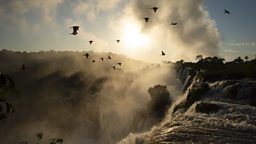
Today the fall’s Iguazú and Iguaçu National Parks together occupy 240,000 hectares and the jungles within them are a remnant of the once vast Atlantic forest. Deemed one of the most vulnerable global conservation priorities with ongoing threats in the form of development and poaching, there has never been a more important time for countries to come together and defend the falls and the huge diversity of life within.
Argentina and Brazilâs united effort to achieve this sets an example for other countries
Argentina and Brazil’s united effort to achieve this sets an example for other countries with shared conservation goals and is a symbol of hope for the future of this extraordinary natural wonder.
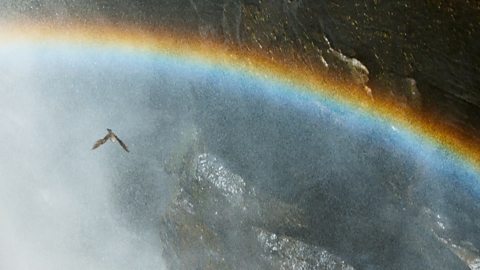
Great dusky swifts: A leap of faith
Fledging dusky swifts have never seen the world beyond the torrents of IguazĂș Falls.
Saving Seven Worlds
-
![]()
The last rhinos
Watch the video
-
![]()
Colliding worlds
Watch the video
-
![]()
A lifeline for the Iberian lynx
Read the article
-
![]()
Rainforest invaders
Watch the video
-
![]()
Australia's hidden past
Watch the video
-
![]()
Protecting a South American wonder of the world
Read the article
-
![]()
The vanishing forest
Watch the video
-
![]()
How you can save Asiaâs jungles
Read the article
-
![]()
A sanctuary for the endangered whale shark
Read the article
-
![]()
First steps to safety
Watch the video
-
![]()
A frozen continent in a warming world
Read the article
-
![]()
The grey headed albatross faces extinction
Watch the video
-
![]()
The fisherman's good luck omen
Watch the video
-
![]()
Fur seals pups have the base surrounded
Watch the video
-
![]()
The Southern Ocean is a globally important carbon sink
Watch the video
-
![]()
An alien invader is colonising Antarctic waters
Watch the video
On location
-
![]()
The crew's most memorable filming moments
Read the article
-
![]()
The quest to film the elusive brown hyena
Watch the video
-
![]()
A fish tale with a twist
Read the article
-
![]()
Tales from Tennessee
Red the article
-
![]()
Firefly fireworks
Read the article
-
![]()
Filming in Frozen Swamps
Read the article
-
![]()
The roadie experience
Read the article
-
![]()
Drama in the troop
Read the article
-
![]()
Flying underground
Watch the video
-
![]()
Filming dragons
Read the article
-
![]()
Devils on the edge
Watch the video
-
![]()
How drones helped reveal the wonders of Seven Worlds
Read the article
-
![]()
A Peek-a-Boo veteran in the jungles of Australia
Read the article
-
![]()
Finding and filming wildlife in the jungle
Read the article
-
![]()
Walking with cats
Read the article
-
![]()
A bear called Paddington
Watch the video
-
![]()
Hiding in plain sight
Watch the video
-
![]()
Walrus on the edge
Read the article
-
![]()
Bears in the Valley of the Geysers
Read the article
-
![]()
The search for the fin whale
Watch the video
-
![]()
Gentle giants
Watch the video
-
![]()
Extreme parenting
Watch the video
